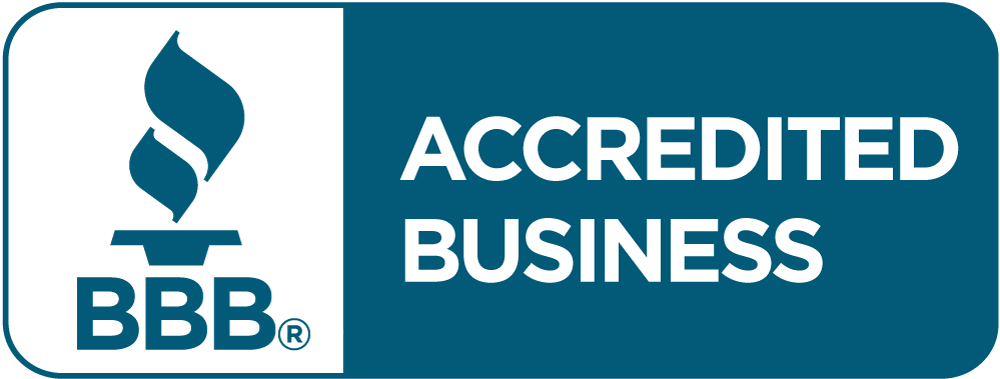What do I need to know about tire pressure?
Tire pressure is a measure of the amount of air in a vehicle’s tires, in pounds per square inch. The required service involves checking the tires’ pressure with a pressure gauge, at least monthly, if not more frequently.
Should I do this service when it’s recommended?
Yes. Absolutely.
Why do I have to do this?
Having the proper tire pressure is a crucial safety issue. Next to the brakes, the tires are the most important safety devices on your car. Incorrect tire pressure will compromise cornering, braking and stability. And in the worst-case scenario, improper tire pressure can lead to tire failure — and a serious accident. Incorrect tire pressure also will affect your comfort, fuel economy and tire life.
What happens if I don’t do this?
If tire pressure is too high, then less of the tire touches the ground. As a consequence, your car will bounce around on the road. And when your tires are bouncing instead of firmly planted on the road, traction suffers and so do your stopping distances. You’ll also feel a decrease in ride comfort. (Hint: If you notice that every tie you own has coffee on it, check your tire pressure. It may be too high.)
If tire pressure is too low, then too much of the tire’s surface area touches the ground, which increases friction between the road and the tire. As a result, not only will your tires wear prematurely, but they also could overheat. Overheating can lead to tread separation — and a nasty accident. One sign of low tire pressure is if your tires squeal when cornering.
And you need to check your tire pressure even if your tires aren’t leaking. Why? Because tire pressure also changes with the temperature outside. Tire pressure decreases by about 1 pound per square inch for every 10-degree drop in outside air temperature. So if you last had your tire pressure checked in July, when it was 80 degrees outside, and it’s now January — and the temperature is minus 20 — your tires may be underinflated by 10 pounds, which is dangerous.
How do you determine the correct tire pressure for your car’s tires?
A lot of people check the pressure listed on the tires themselves, but that’s actually the wrong place to look. The number on the tire is the maximum allowable air pressure — not the recommended pressure for that tire when used on your vehicle.
The recommended tire pressure is almost always lower than the maximum tire pressure. Check your owner’s manual to find out where to look on your vehicle to find the recommended measurement. This number usually is indicated either on the driver’s door pillar, the glove compartment door or sometimes on the gas filler door.
Once you know the manufacturer’s recommended tire pressure, then you need an accurate tire gauge to check the tire pressure. Some tire gauges, such as the popular pencil-style gauge, are notoriously inaccurate. Analog, dial-type gauges or digital gauges tend to be fairly accurate.
And when should you check the tire pressure? You should check it when the tire is cold. That doesn’t mean you need to move to International Falls, Minn., to check your tire pressure. Cold, in this sense, simply means that your tires are at air temperature. You can check tire pressure any time of the day, as long as the tires have been sitting for a few hours or haven’t been driven for more than a few miles. In other words, you can drive to the gas station a few blocks away and ask them to check the pressure, but don’t expect to pull off the highway after driving for an hour and expect to get an accurate reading.
When you do check your tire pressure, remember to check all four tires. Just because three of your tires are at 30 pounds doesn’t mean that the fourth tire isn’t nearly flat. Finally, check the spare tire at least once in a while — it would be an unpleasant surprise to find it flat when you need it. If you have a small, space-saver spare, then the pressure for that tire is probably not the same pressure as your regular tires. The correct tire pressure should be printed right on this particular type of spare.
Is there any maintenance required between intervals?
Yes. If you have no known problems with your tires, check your vehicle’s tire pressure seasonally or before you head off on a road trip. When you bring your car in for service, ask them to check the tire pressure; most garages will do this at no additional cost. Plus, they’ll usually have an accurate gauge — which will also give you an idea of whether your gauge is correct.
What is happening when I change my oil?
An oil and filter change involves draining out the old motor oil and replacing it with fresh, new motor oil. The oil filter also gets replaced at the same time.
Should I do this service when it’s recommended?
In general, yes. Changing your vehicle’s oil is one of the most important things you can do to avoid bringing large bags of money to your mechanic later on.
However, there’s a lot of controversy about exactly when engine oil gets old and how often it should be replaced with new oil. Because there are many factors at work — how you drive, the condition and age of the engine, the external environment you drive in, and stop-and-go versus highway driving — it’s an inexact science. Owner’s manual recommendations for oil and filter changes vary from 3,000 to 10,000 miles, depending on the type of oil used.
We recommend that you change your oil and filter every 5,000 miles. That’s our best estimate. It may be too soon for many people and too late for a few, but for the vast majority, 5,000-mile oil changes will help your engine last to a ripe, old age.
You may want to consider changing your oil more frequently if:
- You drive aggressively with abrupt starts and stops, heavy acceleration or high-speed driving
- You live where the climate is extremely hot or cold
- You often drive on dirt roads
- Your engine is old and burns oil
- You frequently carry heavy loads
Why do I have to do this?
Oil undergoes thermal breakdown due to high operating temperature. When this occurs, the oil becomes less effective as a lubricant. And without a good lubricant (read: expensive), parts of the engine rub together and wear each other out.
Oil also contains additives that have the ability to neutralize acids. Over time, these additives get used up and stop being effective.
Finally, oil can absorb water, dust and combustion byproducts and also hold them in suspension. Eventually, the oil gets saturated with this stuff and can’t absorb any more. Then that stuff remains in the engine and can cause corrosion.
What happens if I don’t do this?
Your engine won’t last as long as it could. Oil serves many crucial functions, and clean oil performs those functions better than dirty oil. Oil is relatively cheap, and changing your oil every 5,000 miles is a very cheap insurance policy against major repairs down the road.
Is there any maintenance required between intervals?
Yes, you need to check the oil level every few hundred miles. With your car parked on a level surface, remove the oil dipstick, clean it and then reinsert it. Remove it again, and check the oil level.
Ideally, it should be right at the full mark. If it’s at or below the add mark, that means you’re a quart low and should add a quart at a time of oil to the crankcase. If it’s in between the two marks, you can add part of a quart to bring it up to the full mark (the distance between add and full represents a quart, so use that to estimate how much of a quart you need). Be aware, however, that since oil flows slowly when it is cool, the dipstick may not immediately reflect any oil you just added. So estimate the amount of oil you need based on your first dipstick reading, and then check it again later that day or the next day to be sure you’re near the full mark.
A word of caution: Be careful not to overfill your car’s crankcase with oil. If you put in too much oil, the engine’s crankshaft can actually come in contact with the oil. And because the crankshaft is turning at several thousand revolutions per minute, it can quickly whip your oil into a froth — like the steamed milk that sits on the top of a cappuccino. Why is that bad? Well, the oil pump can’t pump froth very well, and as a result, it can’t get oil to the parts of the engine that need lubrication. The result … a very heavy price to pay for a new engine.
If you are low on oil, and the same oil you used previously is not readily available, you can add any grade of engine motor oil you like — though we advise you to use the grade of oil recommended in your owner’s manual. If you use a diffferent grade/type of oil when adding, get a new oil change done as soon as possible.
If you regularly run low on oil, be sure to report it to your mechanic. You may have a leak or may be burning oil both conditions need urgent attention.
What do I need to know about brakes?
Brake pads, linings and rotors are parts of your car’s brake system and are housed next to each of the wheels. They push against one another to create friction, which stops the car.
There are two kinds of brake systems: disc brakes and drum brakes. Disc brakes are the most common system in use today, and they’re very much like the hand brakes on a bicycle. When you step on your car’s brake pedal, the brake pads squeeze a spinning disc rotor that’s attached to the wheel. The resulting friction, when applied to each of the wheels, slows the car.
The second type, drum brakes, involve brake shoes that push out against a spinning brake drum, which is attached to the wheel. This friction slows the car.
Both systems work by creating friction, so brake parts are expected to wear out. The questions then are, how worn out are they? And are they worn out enough that they need to be replaced?
That’s what this service is all about, checking these components for wear and other potential problems.
Should I do this service when it’s recommended?
Absolutely.
Why do I have to do this?
In short, you do this service so you don’t crash into a cabbage truck.
What happens if I don’t do this?
If you neglect your brake pads and shoes, your brakes will ultimately fail. Even before that happens, however, you can cause damage to other, more expensive brake parts, such as rotors, drums and calipers. In other words: a stitch in time … saves nine.
Is there any maintenance required between intervals?
If you notice any of the following signs and symptoms when you brake …
- flashing brake warning light
- squealing, chirping or grinding noises
- pulsations in the brake pedal
- shaky steering wheel
- increased stopping distance
- car pulls to one side when you stop
… your brakes may require servicing. Make an appointment with your us right away.



